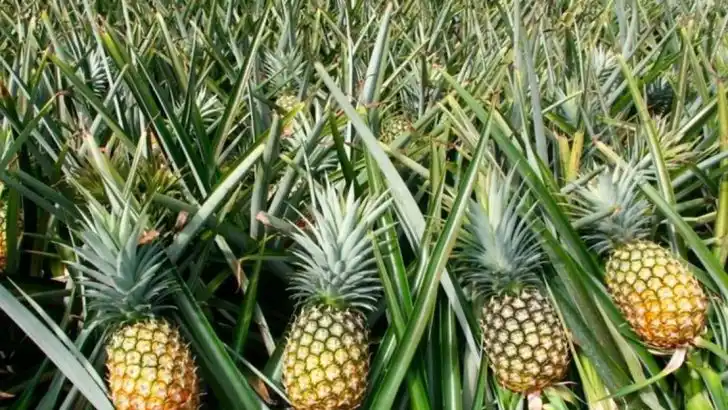Some plants just don’t take the hint. You clip them. You cheer them on. You whisper sweet nothings into their soil—and still, nothing but a limp stem and crushed dreams. But not all plants are so dramatic. Some practically root themselves the moment they touch dirt, like they’ve been waiting for this exact moment their whole leafy lives. These are the garden MVPs—no hormones, no fuss, no thousand YouTube tutorials. We’ve rounded up 7 heartbreakers that refuse to root no matter how nice you are… and 12 green go-getters that make you feel like a botanical wizard. If you’ve been burned by a stubborn cutting or two, this list is for you. Let’s stop wasting time on the unrootables and start growing the ones that actually want to grow.
Pineapple

Pineapples are surprisingly easy to grow. Once you cut off the top of a pineapple, you can plant it directly in soil. Within weeks, roots will start to form. A small pineapple can grow in a couple of years. These tropical fruits love sunny spots and well-drained soil. They’re not only delicious but also a fun addition to your garden. As they grow, their spiky appearance can add an exotic feel to your plant collection. This ease of growth is why many gardeners enjoy experimenting with pineapples.
Rose
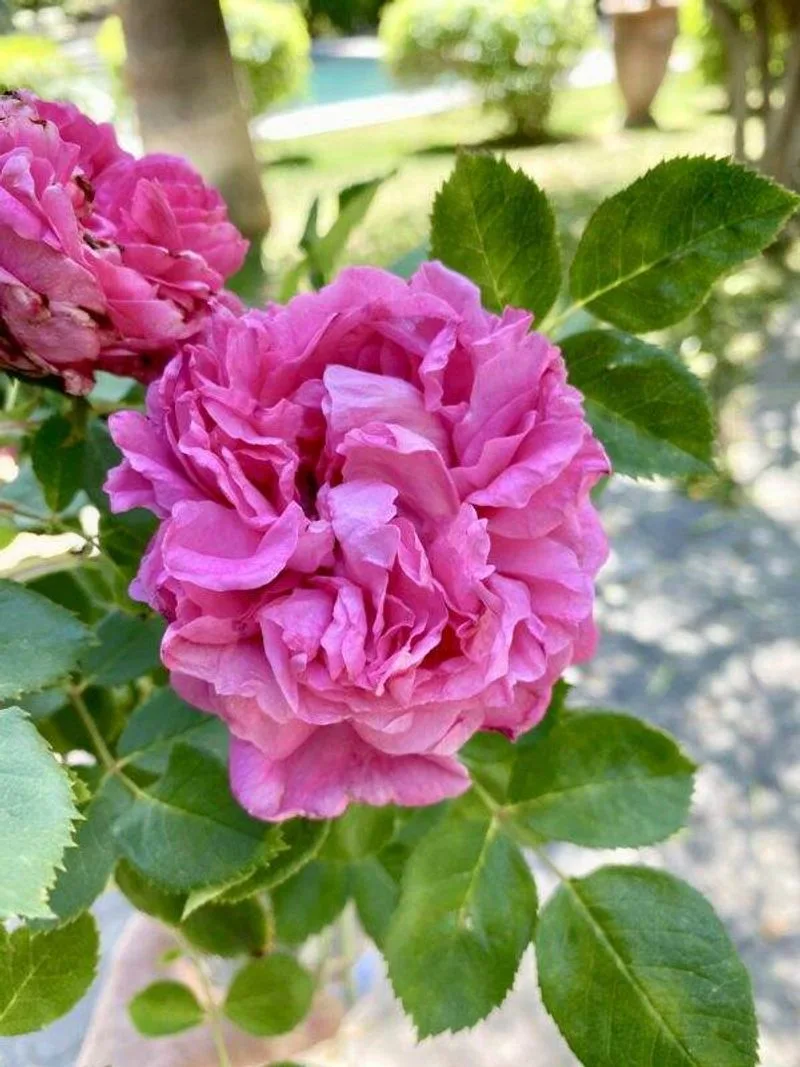
Roses, while beautiful, can be notoriously difficult to root from cuttings. Many gardeners find themselves frustrated with wilting stems or rotting ends. These classic blooms often require precise conditions like humidity and temperature control to succeed. Despite the challenge, when successful, the reward is a flourishing rose bush. To increase chances, use a rooting hormone and provide consistent care. Their stubborn nature makes them a less favorable choice for beginners. However, the allure of growing one’s own roses keeps many trying.
Spider Plant
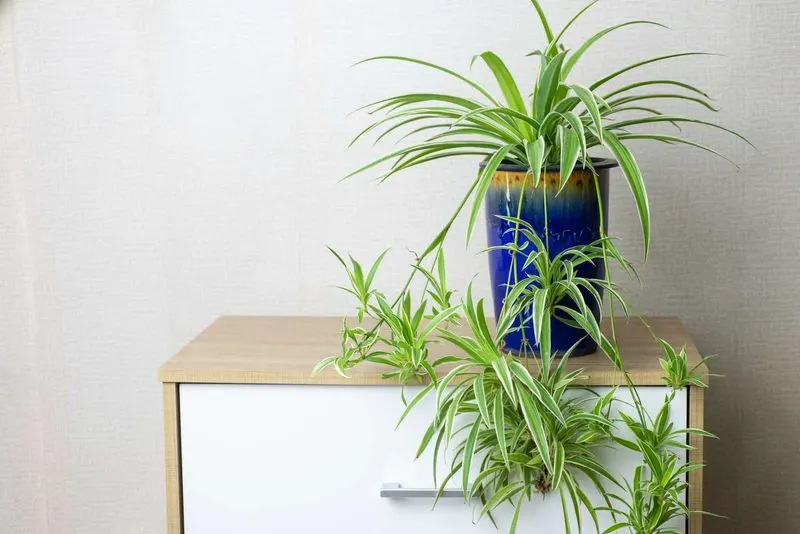
Spider plants are incredibly forgiving and easy to propagate. Their spiderettes, or ‘babies’, dangle from the mother plant, begging to be planted. Simply snip one off and place it in soil or water. In no time, you’ll have a new plant ready to grow. This adaptability makes them popular houseplants. They flourish in various conditions, from dim corners to bright windowsills. With minimal effort, you’ll have a thriving collection of spider plants in your home, adding lush greenery to any space.
Lilac
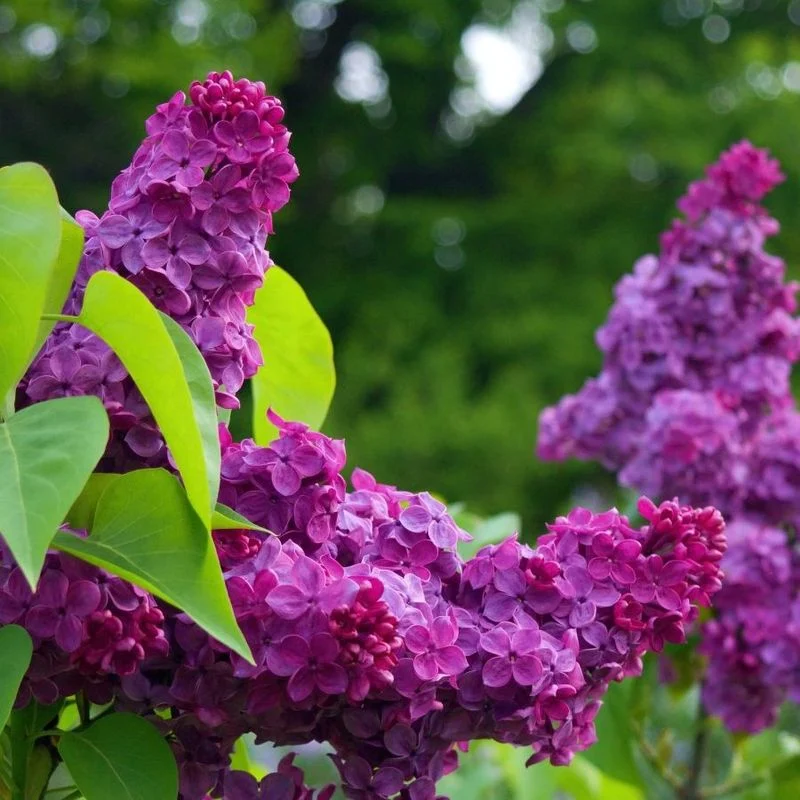
Lilacs are beloved for their fragrant, charming blooms but are challenging to propagate from cuttings. Many gardeners experience disappointment when attempts to root cuttings fail. They prefer specific conditions like slightly alkaline soil and a cool climate. However, patience can sometimes pay off with a new bush ready to burst with springtime glory. Their fickle nature requires dedication, making them a rewarding challenge for experienced gardeners. The beauty of lilac flowers often outweighs the difficulties in propagation, enticing many to persevere.
Mint
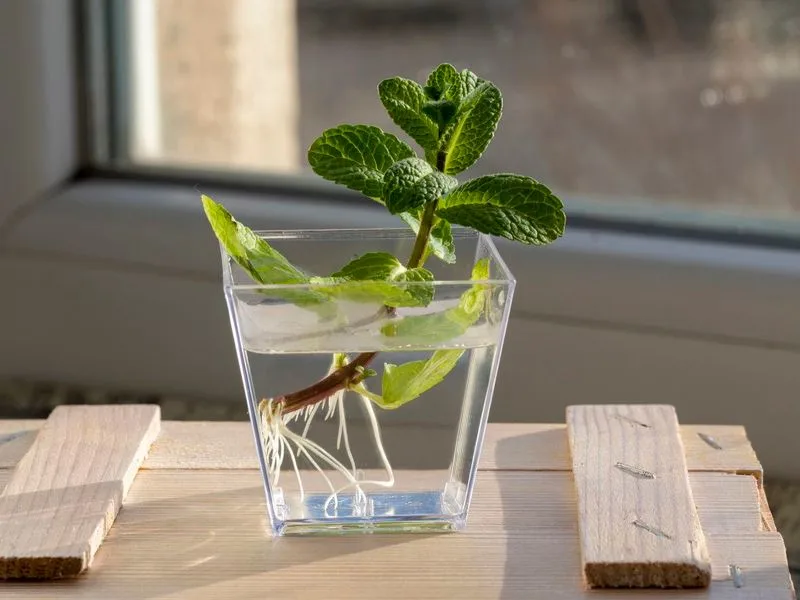
Mint is known for its relentless growth and ease of propagation. Just a small cutting placed in water or soil can quickly develop roots. It’s a favorite among gardeners for its versatility and aromatic leaves. You can grow mint indoors or outdoors, and it thrives in many conditions. Its rapid growth can even become invasive, so it’s best to plant it in a pot. This vigorous herb adds a fresh scent and flavor to your garden and kitchen, making it a must-have for any green thumb.
Oak Tree

Oak trees are majestic but incredibly difficult to propagate from cuttings. Their wood is dense, making root formation a rare success. Most oak trees in landscapes grow from acorns rather than cuttings. They require patience, specific soil conditions, and often professional help to grow from cuttings. Despite the challenge, those who succeed enjoy watching a tiny sapling grow into a towering, sturdy tree. Their grandeur and longevity are what make oaks desirable, yet their propagation remains a task for seasoned arborists.
Basil
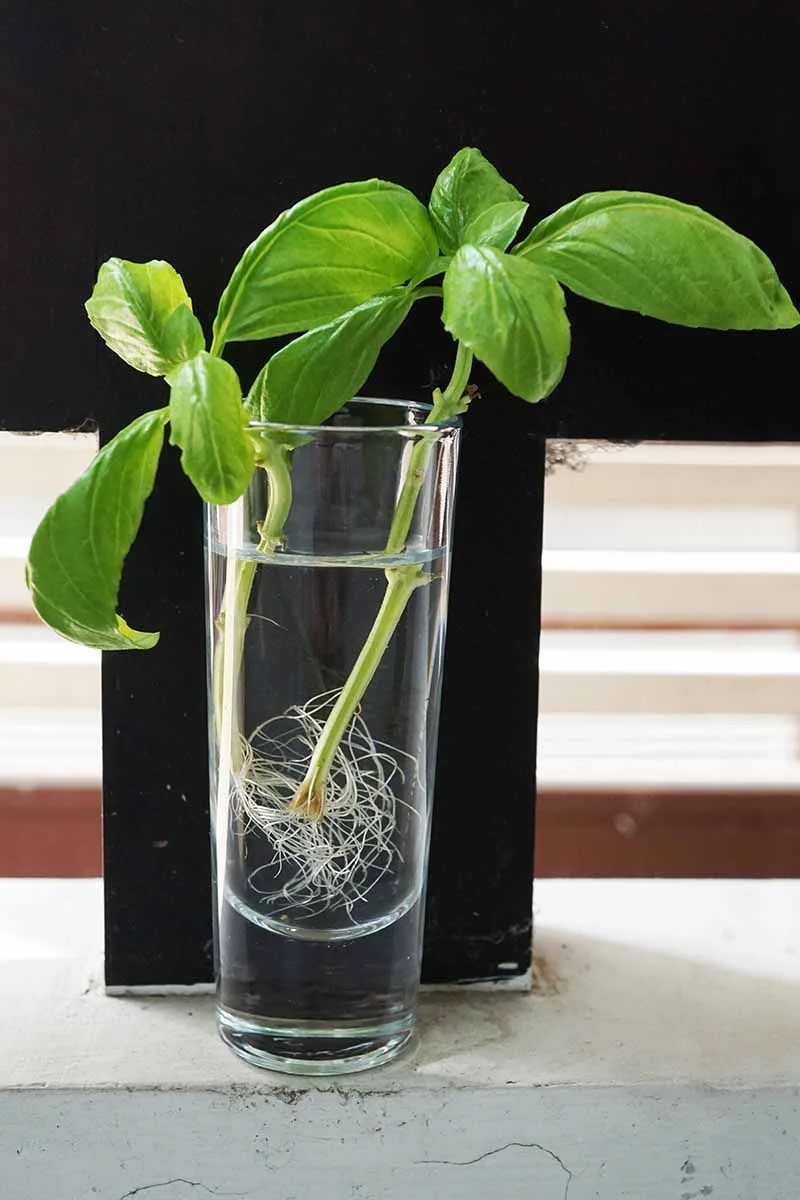
Basil is a kitchen staple that’s simple to propagate. A cutting placed in water will quickly develop roots, ready for planting in a pot or garden. This aromatic herb thrives with plenty of sunlight and regular watering. Gardeners love basil for its culinary uses and refreshing scent. It’s a great plant for beginners looking to try their hand at propagation. With minimal care, basil can provide a continuous supply of fresh leaves, enhancing the flavor of your favorite dishes.
Gardenia

Gardenias, known for their intoxicating fragrance, often resist rooting from cuttings. Their stubborn nature can be discouraging for amateur gardeners. They require acidic soil, high humidity, and consistent warmth to root successfully. Despite the hurdles, persistent gardeners may be rewarded with lush, fragrant blooms. Gardenias hold a special place in many gardens for their beauty and scent. Though challenging, the end result of a thriving gardenia bush can be deeply satisfying for those willing to try.
Aloe Vera

Aloe vera is a plant of resilience and simplicity when it comes to propagation. Known for its medicinal properties, this succulent is easy to grow from offshoots, often called ‘pups’. Just separate a pup from the mother plant and pot it in well-drained soil. Aloe vera thrives in sunny spots and requires minimal watering. Its low-maintenance nature makes it perfect for beginners. With its soothing gel, aloe vera is an excellent addition to any home, offering both beauty and practical benefits.
Magnolia
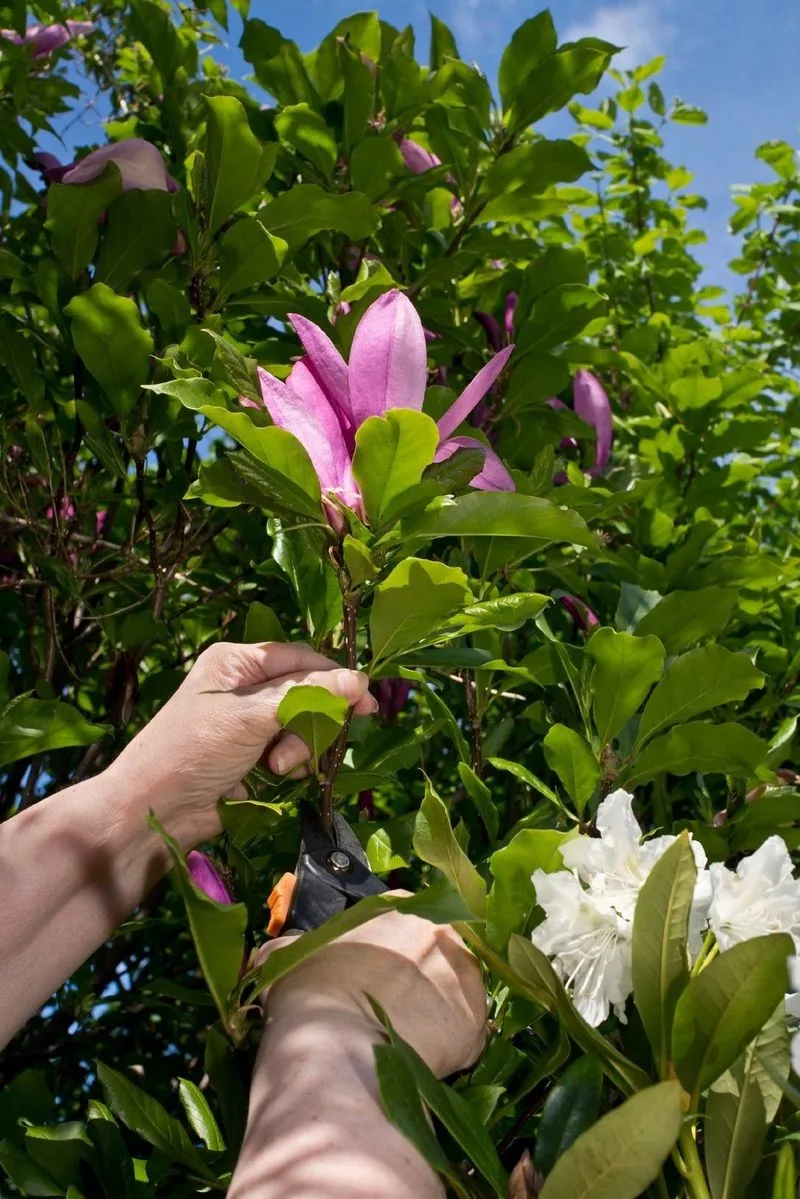
Magnolias captivate with their grand, fragrant flowers yet are tough to root from cuttings. These trees often prefer to grow from seeds or grafting. Their thick, leathery leaves and substantial branches make rooting a challenge. Gardeners attempting to propagate magnolias must be patient and meticulous. Despite their propagation difficulties, magnolias’ stunning blooms make them desirable. For those who manage to grow a magnolia, the sight of its flowers in full bloom is a gratifying reward.
Succulents

Succulents are beloved for their diverse shapes and easy propagation. A single leaf or stem cutting can root and grow into a new plant with ease. Their adaptability to different environments makes them ideal for novice gardeners. These hardy plants require minimal water and thrive in bright light. With their unique, often geometric structures, succulents can add intrigue to any plant collection. Their ability to store water in their leaves allows them to survive in arid conditions, making them a versatile choice for any home.
Wisteria
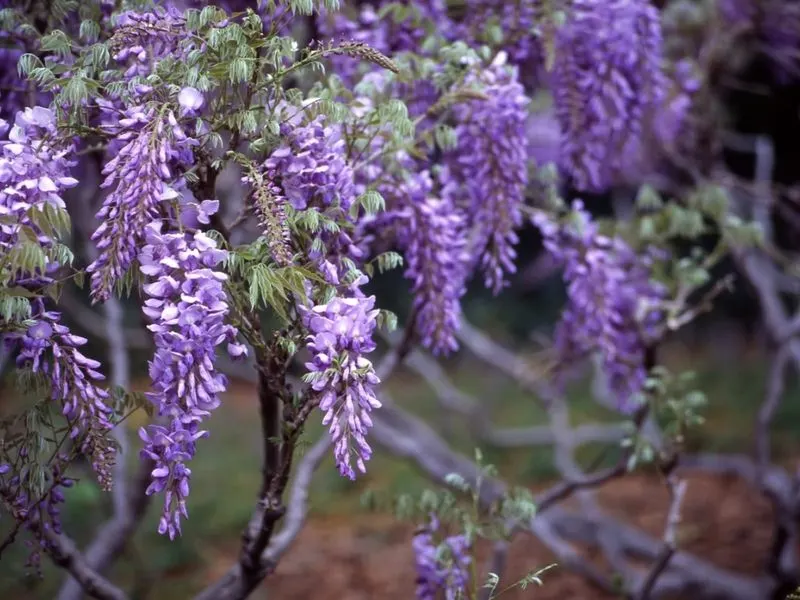
Wisterias are renowned for their cascading purple blooms and tricky propagation from cuttings. Many gardeners face challenges as the vines prefer to grow from seeds or grafting. The woody stems and specific conditions required for rooting can be daunting. However, the beauty of wisteria in full bloom is a strong motivation to attempt propagation. Successful gardeners enjoy a breathtaking display in their gardens. Though demanding, wisteria continues to enchant with its romantic, drooping flower clusters.
Tomato
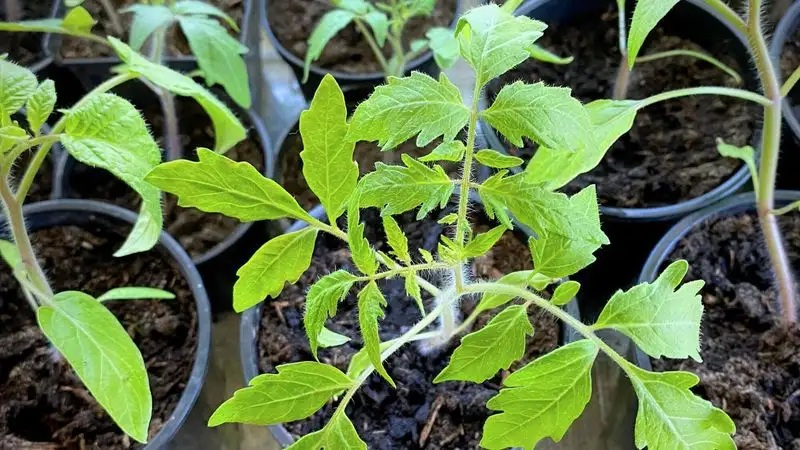
Tomatoes are garden favorites due to their ease of propagation and delicious fruits. A simple cutting placed in water or soil will quickly take root. These plants thrive in sunny spots with regular watering. Tomatoes are versatile, growing well in containers or garden beds. Their rapid growth and fruit production make them rewarding for both amateur and experienced gardeners. With the right care, a single tomato plant can yield an abundance of juicy fruits, perfect for salads, sauces, and more.
Hydrangea
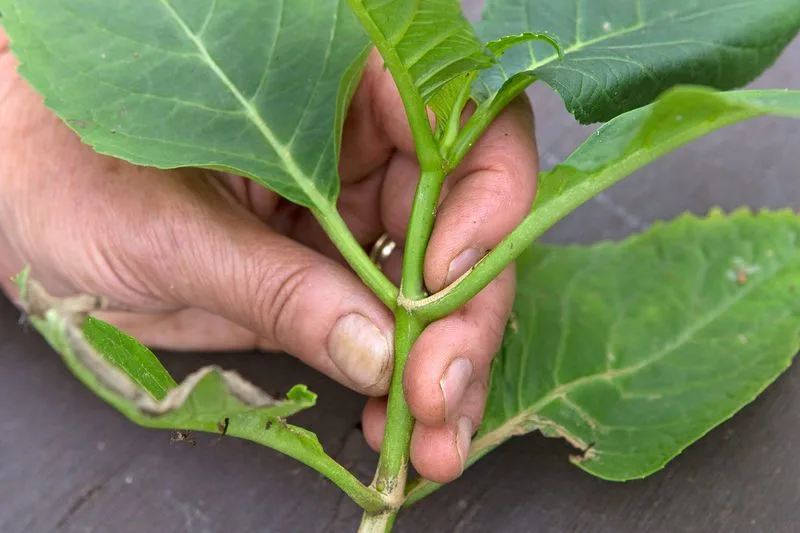
Hydrangeas, known for their vibrant blooms, can be challenging to propagate from cuttings. They demand specific conditions like high humidity and careful watering. Gardeners often experience setbacks with wilting stems or failure to root. Despite the difficulties, the allure of hydrangeas’ colorful flowers encourages many to persevere. Successful propagation results in stunning displays of blooms in various hues, from pinks to blues. Their charm and beauty make them a beloved choice for gardens, despite their propagation challenges.
Pothos
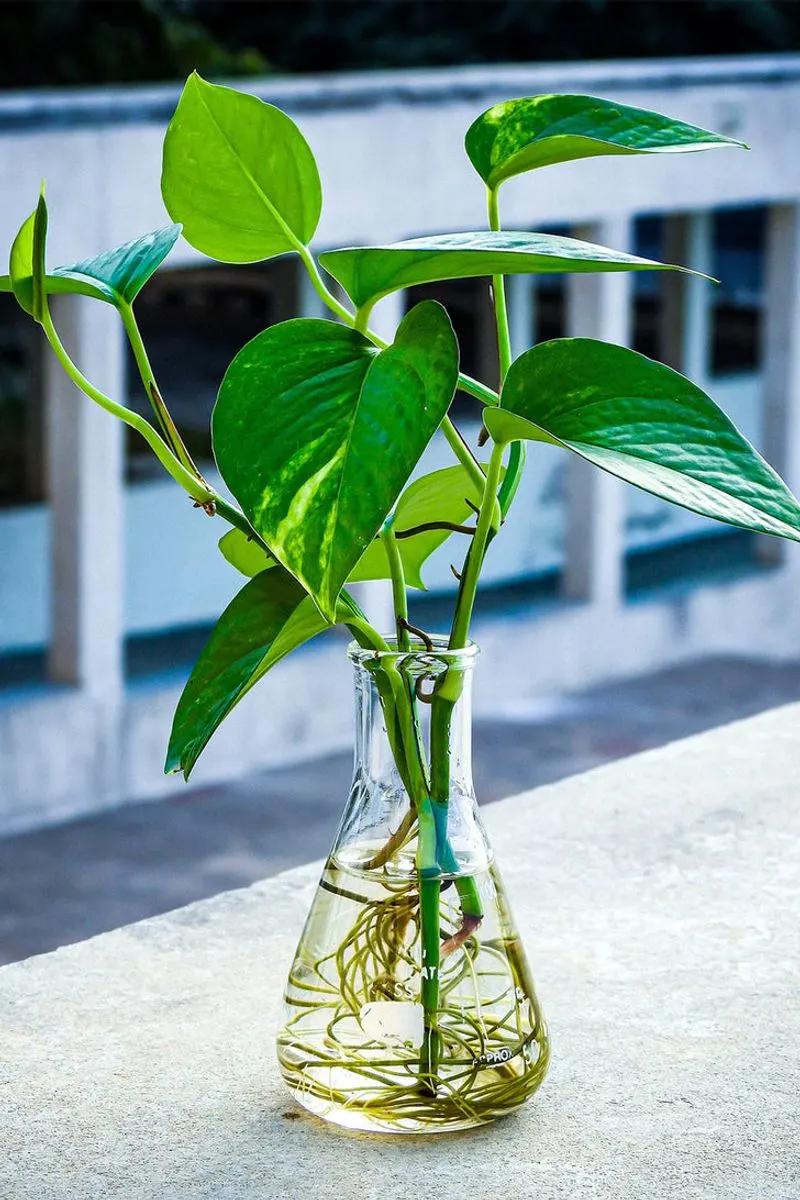
Pothos, often called ‘Devil’s Ivy,’ is a favorite among indoor gardeners for its easy propagation. A cutting placed in water or soil will rapidly grow roots, making it perfect for beginners. Its heart-shaped leaves and variegated patterns add aesthetic appeal to any room. Pothos thrives in various conditions, from low light to bright, indirect sunlight. This plant’s resilience and beauty make it a staple in many homes. Pothos’ ability to purify air further enhances its desirability as a houseplant.
Bougainvillea
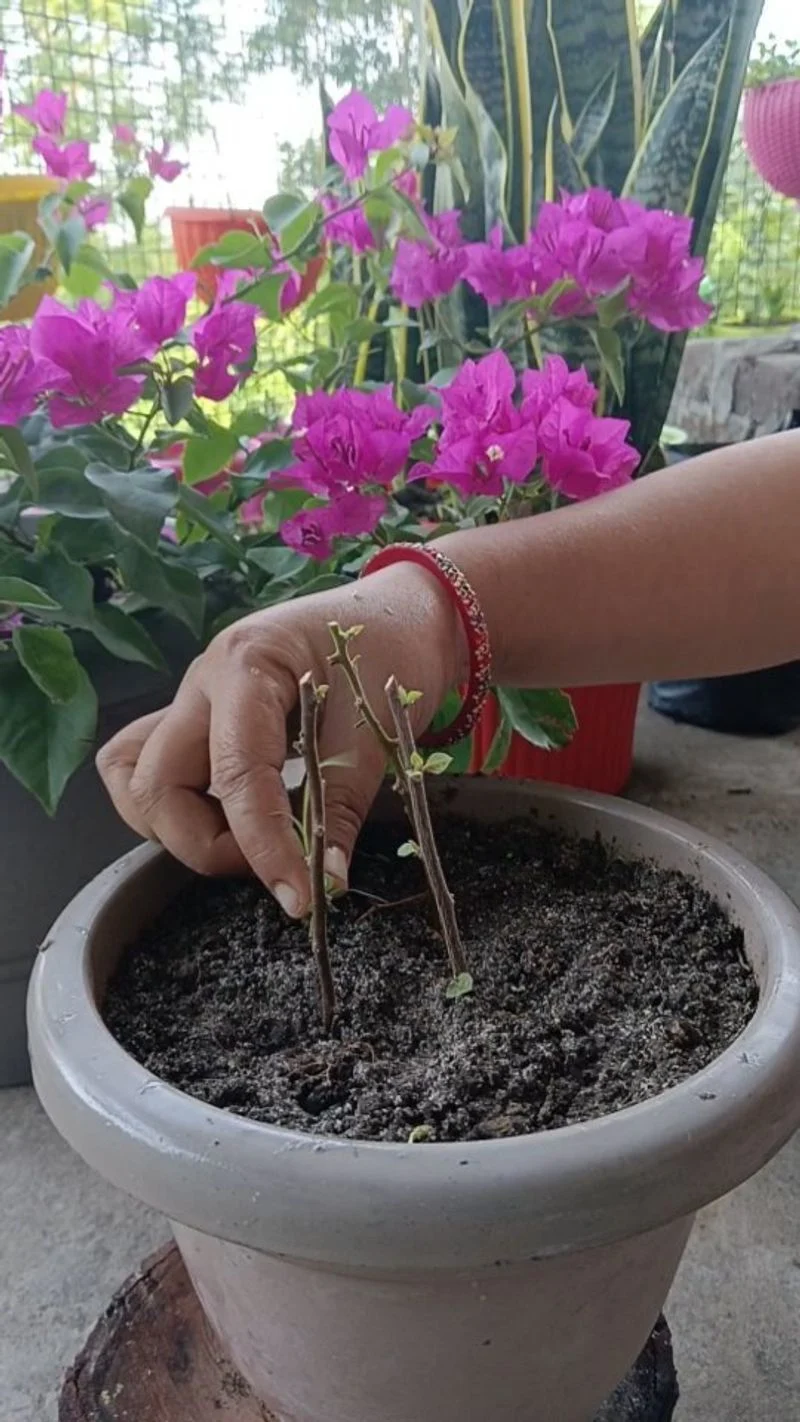
Bougainvillea, with its striking bracts, can be stubborn when propagated from cuttings. They prefer a warm, sunny environment and well-drained soil to root successfully. Many gardeners find the process challenging, facing issues like rotting stems or failed rooting. However, the vibrant display of colors makes the effort worthwhile. Bougainvillea’s adaptability to different climates adds to its appeal. For those who succeed, a flourishing bougainvillea is a stunning centerpiece in any garden.
Lavender
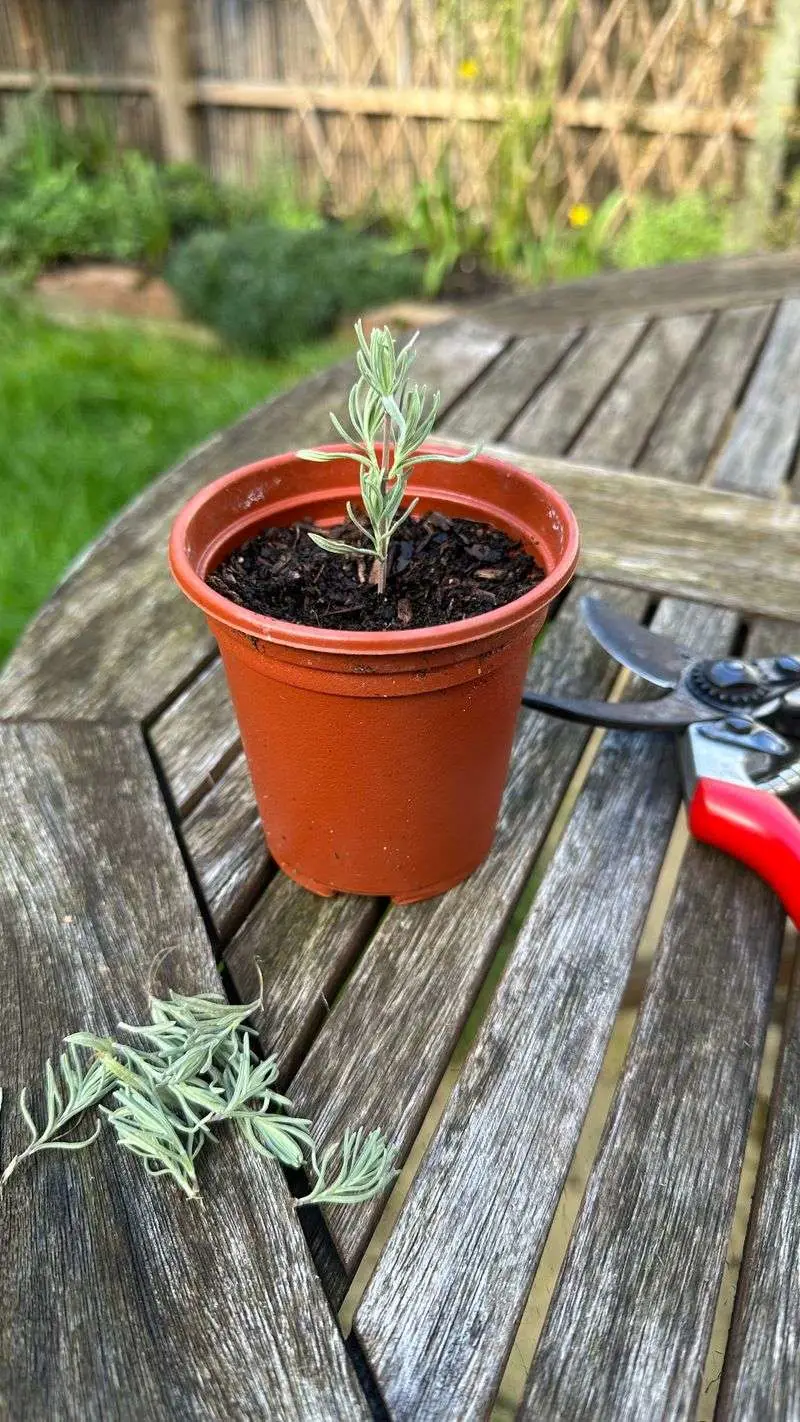
Lavender is cherished for its soothing scent and simple propagation. A cutting can easily root in water or soil, provided it receives ample sunlight and well-drained conditions. This fragrant herb is a favorite for its calming properties and versatility in gardens. Lavender thrives in sunny spots and is relatively drought-tolerant. It’s an excellent choice for gardeners seeking low-maintenance plants with aromatic benefits. With proper care, lavender can provide both visual appeal and a sense of tranquility.
Fuchsia
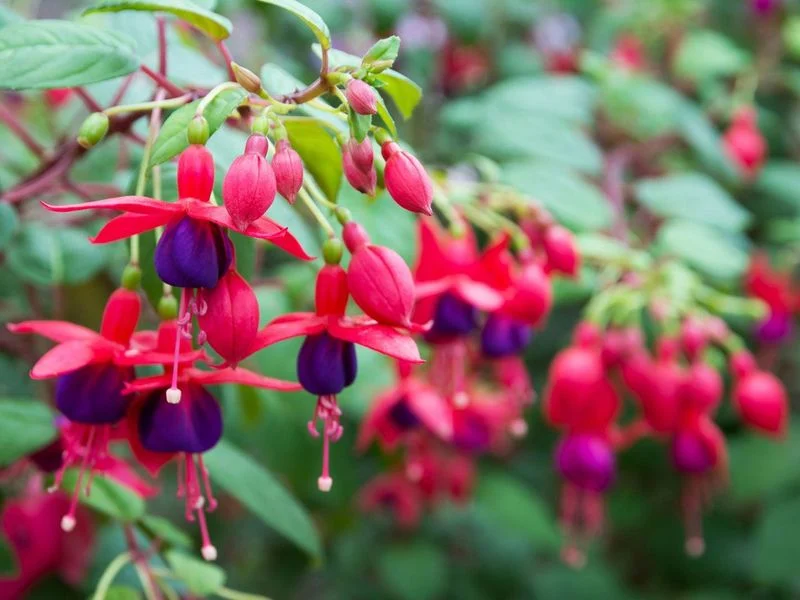
Fuchsias are adored for their delicate, drooping blooms but are tough to root from cuttings. These plants require precise conditions like cool temperatures and shaded areas. Many gardeners face frustration with wilting cuttings or failure to root. Despite the challenges, fuchsias’ unique flowers make them attractive to many. Successful propagation results in stunning displays of colorful blooms. Their beauty and elegance make fuchsias a prized addition to gardens, even if they require extra effort to grow.
Strawberry
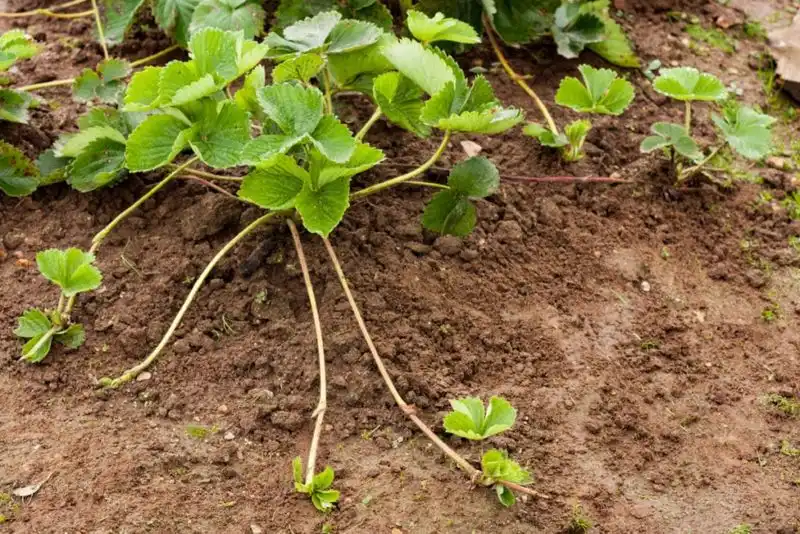
Strawberries are a delightful treat and surprisingly easy to propagate. Runners, or stolons, can be rooted by simply pegging them to the ground or potting soil. This method allows new plants to grow rapidly. Strawberries prefer sunny locations and well-drained soil. Their sweet fruits make them a favorite for gardeners of all skill levels. With minimal care, strawberries can provide a bountiful harvest, perfect for desserts and snacks. Their ease of propagation and delicious results make strawberries a garden staple.

